IoT and Blockchain: The Powerful Path to Transparent Logistics Tracking
The demand for real-time, tamper-proof logistics tracking is higher than ever. Traditional tracking systems often fall short in industries where reliability, transparency, and security are vital—such as e-commerce, pharmaceuticals, food, and cross-border trade. Enter IoT and Blockchain, two transformative technologies reshaping how logistics visibility is delivered.
This blog explores how integrating IoT and blockchain provides a secure, transparent approach to tracking goods in transit—and why platforms like Postalparcel are already leveraging similar innovations to empower modern logistics operations.
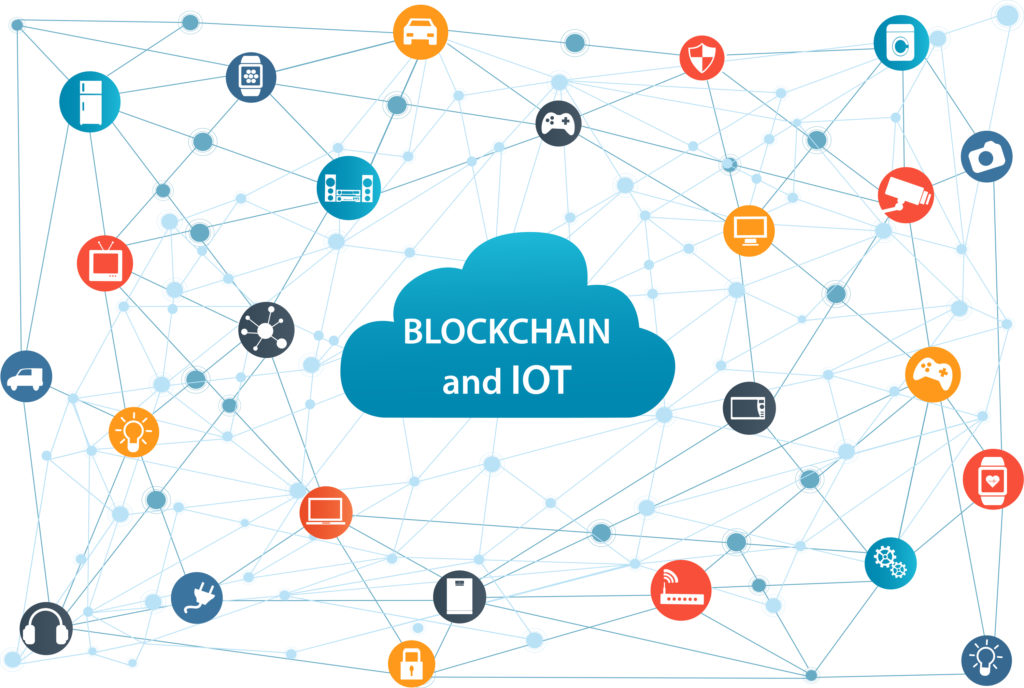
1. The Problem with Traditional Logistics Tracking
In conventional logistics environments, tracking data is often siloed across multiple platforms—each owned by carriers, warehouses, and third-party service providers. This fragmentation leads to:
- Delayed or inaccurate shipment updates
- Lack of end-to-end visibility for customers and operators
- Difficulty resolving disputes or verifying delivery conditions
- Opportunities for data manipulation or record tampering
Shipping operations are becoming increasingly data-driven. Businesses need a unified and trusted view of the supply chain—from origin to final delivery.
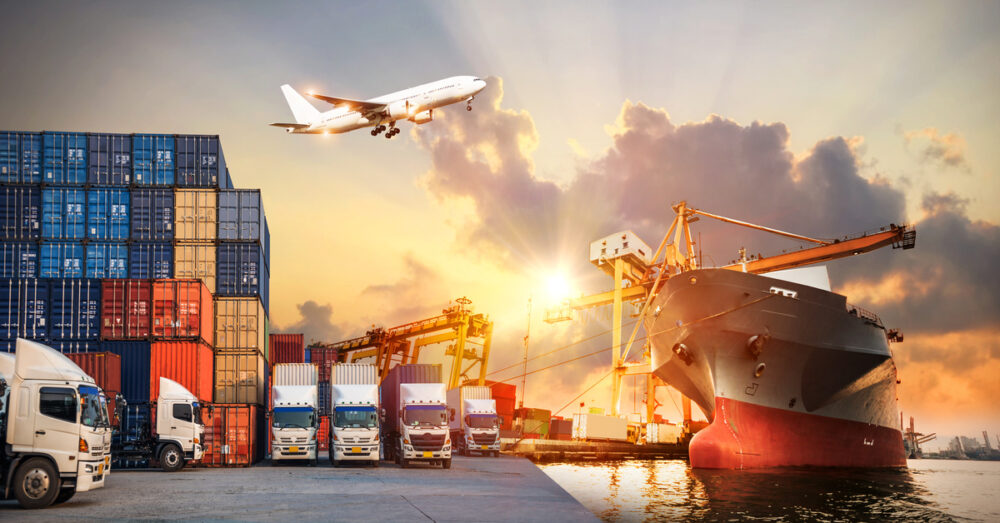
When shipments pass through multiple checkpoints—first-mile pickup, port processing, customs clearance, and last-mile delivery—each stage introduces the potential for delays or errors. In this environment, fragmented tracking results in blind spots that hurt customer satisfaction and operational efficiency.
2. IoT: Real-Time Intelligence from the Physical World
Internet of Things (IoT) devices, such as GPS trackers, temperature sensors, motion detectors, and RFID tags, bring real-world logistics data into the digital domain. These sensors continuously monitor:
- Shipment location
- Environmental conditions (temperature, humidity)
- Shock and tilt during transport
- Tampering or unauthorized access
For example, in cold chain logistics, the system can send instant alerts if the temperature deviates from the safe range. IoT enables a proactive approach to cargo protection rather than waiting for issues to be discovered at the destination.
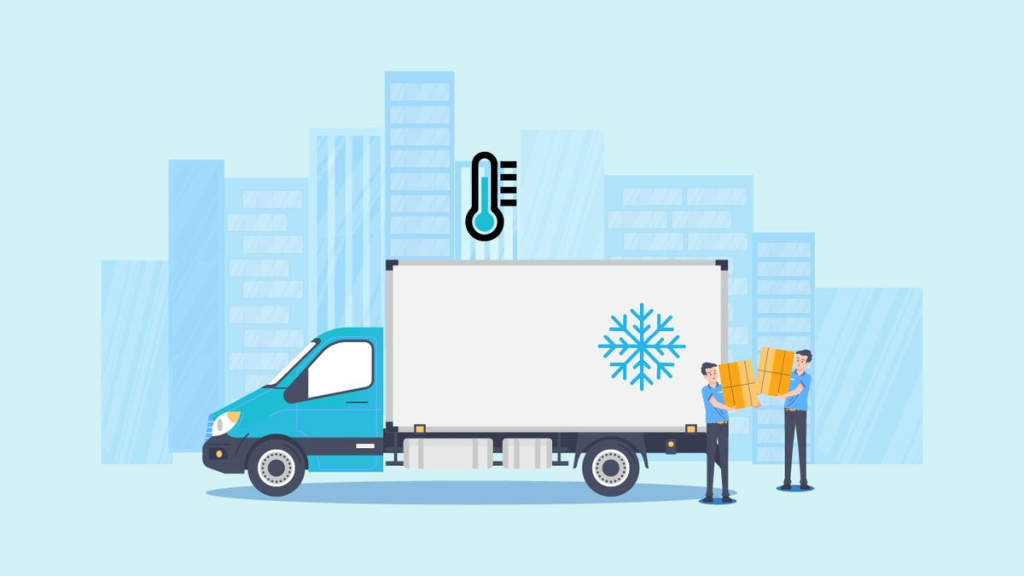
IoT also supports automation across warehouse and transportation systems. Devices embedded in vehicles can help optimize route planning, while RFID tags in packages can improve inventory accuracy and reduce manual scanning. With IoT, logistics companies gain continuous situational awareness, essential for minimizing delays and increasing responsiveness.
3. Blockchain: Securing and Sharing Logistics Data
While IoT excels at capturing data, blockchain ensures that data can’t be altered once recorded. A blockchain is a decentralized ledger where each transaction or data entry is time-stamped and cryptographically secured.
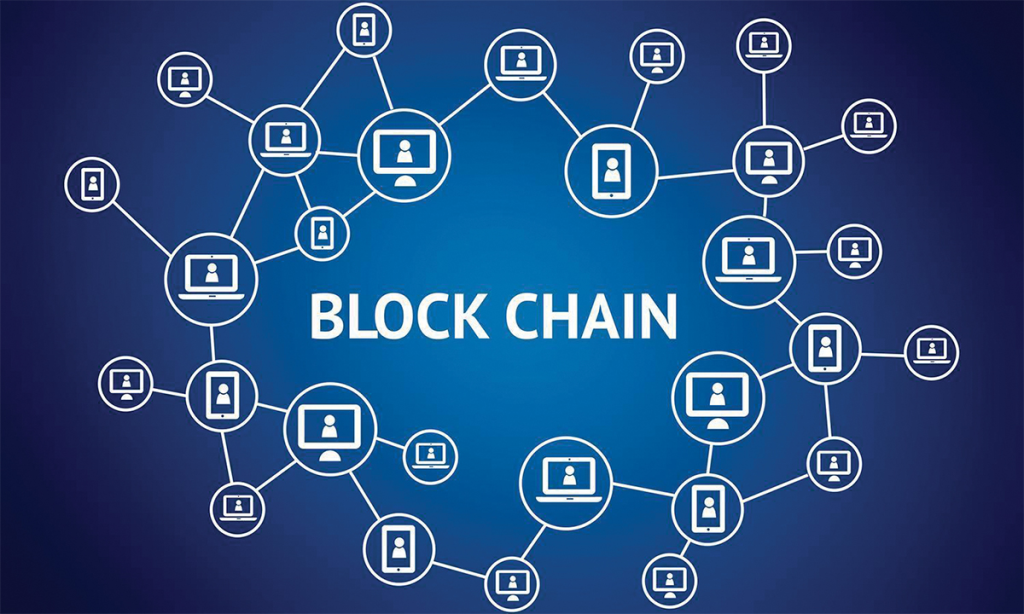
When integrated with IoT:
- All sensor data is recorded in an immutable format
- All stakeholders (shippers, carriers, receivers) share access to a single truth
- No party can retroactively alter tracking logs or delivery information
This level of integrity is invaluable for building trust—particularly in cross-border trade, where multiple intermediaries are involved.
Blockchain also supports regulatory compliance. For example, government authorities may require detailed shipping histories when transporting pharmaceuticals or food. Blockchain provides transparent, traceable records that streamline audit processes and protect all parties from liability.
4. PostalParcel: A Smart Logistics Partner Embracing Transparency
Platforms like Postalparcel are at the forefront of transparent logistics management. PostalParcel provides intelligent inventory and order tracking services designed with flexibility, security, and multi-market operations in mind.

Key features of PostalParcel’s tracking system include:
- Multi-channel order visibility: Whether shipments originate from Asia, Europe, or the US, the platform consolidates real-time tracking into a single interface.
- Event-level updates: Get notifications when a parcel is shipped or delivered and when it clears customs, arrives at a hub, or encounters delays.
- Flexible API integration: Ideal for cross-border sellers, PostalParcel integrates easily with ERP, eCommerce, and fulfillment platforms—providing unified data pipelines and precise tracking control.
By combining data transparency with secure infrastructure, PostalParcel allows businesses to track smarter and confidently operate globally.
Moreover, PostalParcel’s services extend beyond tracking alone. We help clients build responsive fulfillment workflows, automate exception handling, and ensure compliance with country-specific customs policies. Whether you are shipping consumer electronics, fashion products, or regulated items, our system provides the clarity and confidence needed to scale internationally.
5. Benefits of the IoT + Blockchain Model in Logistics
Whether via platforms like PostalParcel or custom-built logistics systems, the fusion of IoT and blockchain offers distinct advantages:
- Uninterrupted end-to-end visibility
- Data immutability and audit trails for dispute resolution
- Early risk detection (e.g., temperature breaches or route deviations)
- Better compliance with industry and regulatory standards
- Improved customer trust through transparent delivery reporting
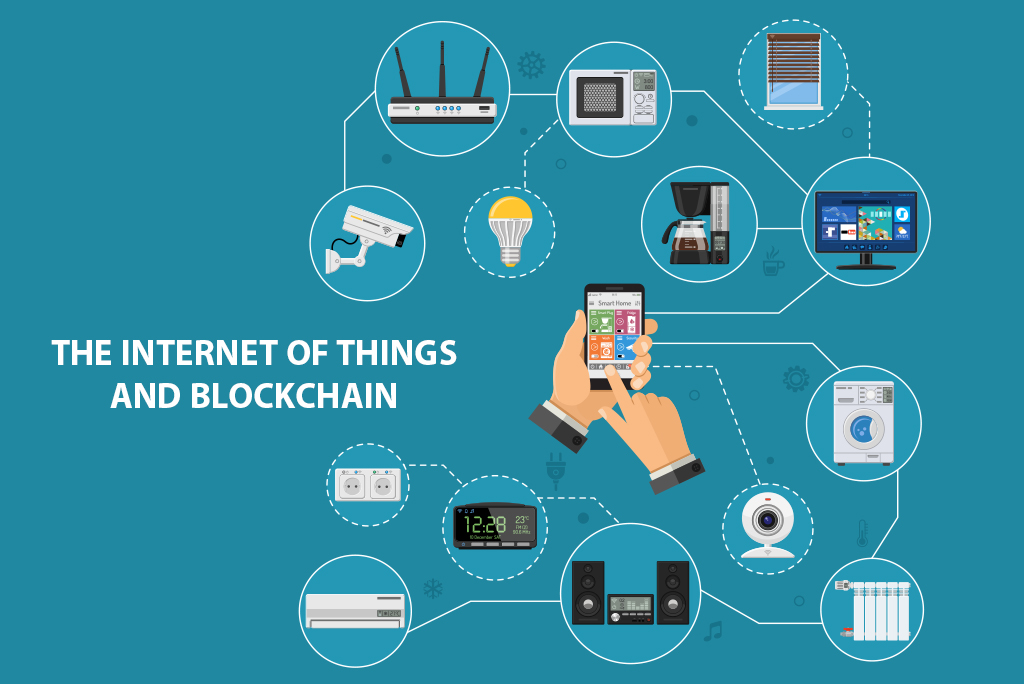
These capabilities are not just technological improvements—they’re strategic assets for brands that rely on efficient, verifiable, cross-border logistics.
The combination also reduces friction in multi-vendor environments. For example, when multiple carriers handle shipments, a blockchain-based ledger removes the need for reconciliation, speeding up settlements and reducing disputes between logistics providers.
6. Looking Ahead: From Traceability to Trust
Logistics tracking is no longer just about knowing where something is—it’s about understanding what happened to it, who handled it, and whether it was compromised at any point.
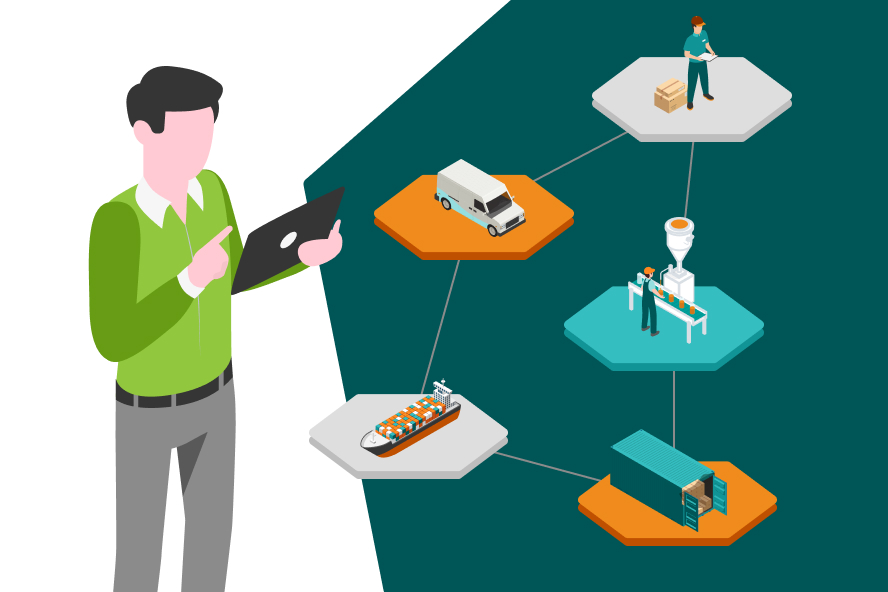
IoT delivers this raw visibility. Blockchain guarantees integrity. Platforms like postalparcel.com provide a user-friendly interface and innovative infrastructure that bring it all together.
As commerce becomes increasingly borderless, buyers and sellers expect more than just delivery—they expect verification. Trust now depends on data, and data depends on systems that can be trusted.
Conclusion
The combination of IoT and blockchain marks a new chapter in logistics—one where data is plentiful and trustworthy. For growing eCommerce businesses, fulfillment providers, and global supply chains, embracing platforms that support this model—like PostalParcel—is the path forward for reliable, scalable, and secure logistics tracking.
PostalParcel is committed to delivering innovative, transparent logistics solutions that help you grow confidently. With us, your shipments aren’t just moving—they’re being monitored, verified, and protected every step of the way.
Industry Insights
news via inbox
Nulla turp dis cursus. Integer liberos euismod pretium faucibua








Merci pour toutes ces infos sur les IoT et leur impact sur la blockchain et la sécurité en logistique qui demande de plus en plus d’outils.